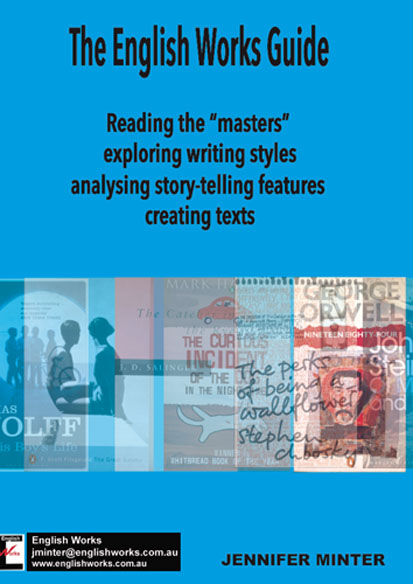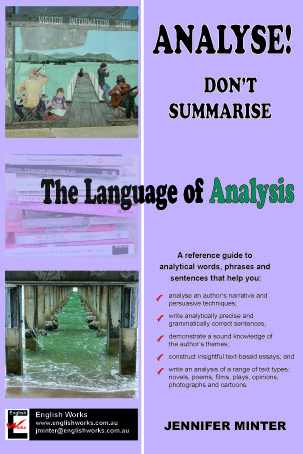
write with confidence and control
In person: (various session times) Online: Thursdays 5.30-6.30 pm
Multi-tasking; improve your text response essays and your own personal, creative, and reflective writing pieces at the same time.
See an Outline of Term 2
For a round-up of each lesson, see:
In the New Study Design, you will be exploring a greater variety of “writing” styles. However, you cannot write in a vacuum and the more widely you read, the better equipped you’ll be to explore key ideas (similarities and differences).
An excellent way to improve the quality of your own writing and of your analysis is to study works of the masters and “ape” their style.
Robert Louis Stevenson learned to write effectively by imitating passages of admired writers. “Whenever I read a book or passage that particularly pleased me … I must sit down at once and set myself to ape that quality. I was unsuccessful.. but I got some practice in rhythm, in harmony, in construction and the co-ordination of parts.”
These sessions explore writing styles, narrative voice, tone, style and language features so that you can improve the depth and quality of your text response essays. You will also use these skills to improve the quality of your own personal, reflective and creative pieces.
- Consider how their salient features; ie. narrative tone, style and voice, reinforce their message.
- Consider how specific language features also add layers of complexity and reflect the author’s style, personality and authorial vision.
In your essays, you are encouraged to explore your “personal” response. We will explore the features of personal writing and anecdotal recounts and analyse the salient features of good examples.
You will also need to have a good grasp of key ideas so as to explore similarities/differences.
How to improve your own personal, reflective and creative writing style
- You must develop a voice — tone and style — that is critical to the message.
- Your “voice” must reflect personality; be authentic and entertaining to read.
- Your “voice” is critical to the development of characters: how do the characters think, talk and feel?
We will also study editorials and the discourse features, tone and style of opinion pieces. This will help with argument analysis; it will also give you the tools (skill and knowledge) to write your own.
Typical passages:
- To Kill a Mockingbird by Harper Lee (a dual narrative voice, tone, dialogue)
- Catcher in the Rye by J D Salinger (a disaffected young adult; a different voice)
- The Island/ Boat and the Return by Alistair MacLeod (a young narrator; tone, style; rhythm and language features)
- A Christmas Carol by Charles Dickens (sentence styles and patterns/syntax/figurative devices)
- The Curious Incident of the Dog in the Nighttime by Mark Haddon (a narrative style- Asperbergers persona)
- The Perks of Being a Wallflower by Stephen Chbosky (the epistolary format)
- 1984 by George Orwell (key ideas and message; setting and context)
- This Boy’s Life by Tobias Wolff (the young boy/contrasts/beginnings)
- The Great Gatsby by Scott Fitzgerald (language features and extended metaphors)

Depth, maturity, polish and style
Reading: Wide-reading material based on your texts in school (excerpts): poems (and sample critical analysis), textual excerpts, editorials and opinion pieces.
Key skills: identification of the author’s or poet’s key ideas, viewpoints/concepts; central images
Metalanguage: language (poetic) and story-telling features. What metalanguage can I use?
Structure: a paragraph, an essay, a close passage analysis (poem or excerpt); editorial or opinion piece: Identify:
- key idea/central image/theme (be as analytically precise as possible).
- language and poetic devices that best reinforce this key idea
- 3 quotes (style/tone and purpose)